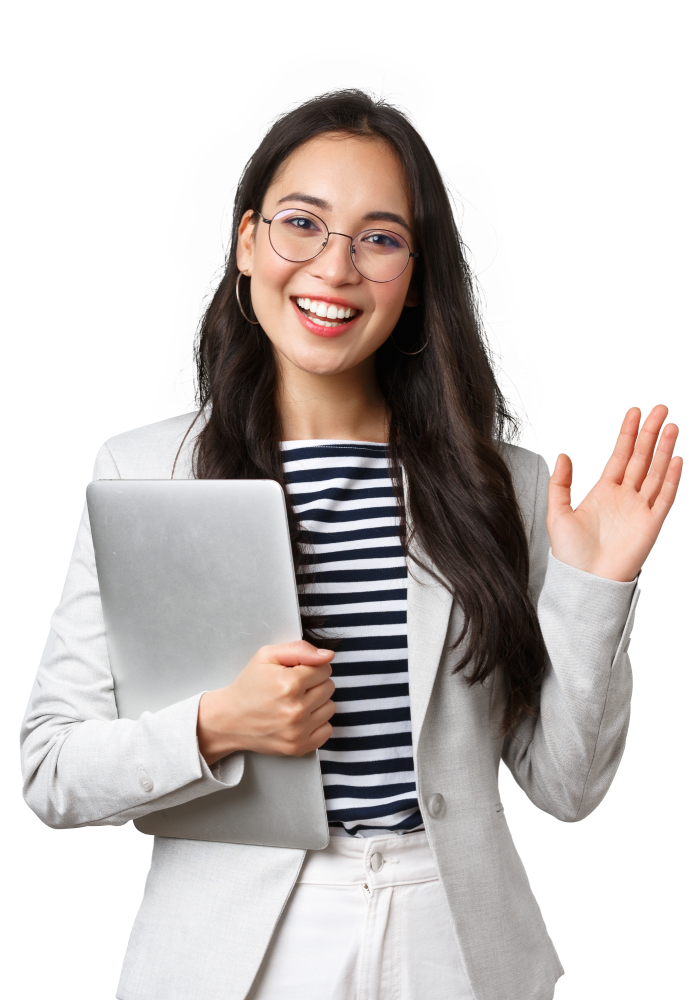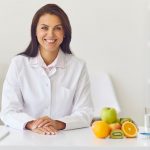Standing out in the fashion industry isn’t just about having great ideas—it’s also about presenting them in a way that captures attention. That’s where your fashion design portfolio comes in. Whether you’re starting fresh or trying to take your career to the next level, a well-thought-out portfolio can showcase your skills and style. It’s your chance to show what you’re capable of and why you’re unique.
In this guide, we’ll go over what makes a portfolio effective, what to include, and how to create one that leaves a lasting impression.
Table of Contents:
What is a Fashion Design Portfolio?
A fashion design portfolio is like a showcase of your best work. It’s a collection of designs, sketches, and projects that tell your story as a designer. But it’s more than just pretty pictures—it shows your creative ideas, technical skills, and how you approach the design process.
Portfolios can come in two types: physical or digital. A physical portfolio is usually a printed book, which is great for showing off your work during interviews or events. A digital portfolio, however, can be shared online, emailed to clients, or used to reach more people. Both have their own advantages, so choose the one that fits your goals best—or consider having both!
How to Make a Fashion Design Portfolio?
Key Elements of a Fashion Design Portfolio
A good portfolio isn’t just about piling in every piece of work you’ve ever done. It’s about carefully choosing and organizing what best represents you. Let’s break it down:
1. Personal Info and Introduction
Start your portfolio with a short intro about yourself. Include your name, contact info, and maybe a little about your background or design philosophy. Think of it as your first impression. Let people know who you are, what inspires you, and what makes your designs special. Keep the text bare minimum and maximum value.
2. Sketches and Drawings
Sketches are the heart of a designer’s work. fashion design presentation and add hand-drawn or digital sketches that show your creativity and skill. Organize them in a way that flows, like telling a story. Maybe start with rough concepts and move toward more refined ideas. This part lets people see how you think as a designer and what process you go with.
3. Completed Projects and Designs
Your finished designs are your big moment to shine. Include clear, high-quality photos of your garments, accessories, or whatever you’ve made. Make sure to photograph them from different angles to show off details like fabric texture and stitching. Write a short note about each project—what inspired it, what materials you used, and any challenges you faced. Also add that into the fashion design presentation.
4. Mood Boards and Concepts
Mood boards are like a sneak peek into your brain. Add boards filled with images, colors, and fabrics that inspired your designs. These help others see the journey from your first idea to the final product. They’re a great way to share how you think creatively.
5. Technical Skills and Details
Fashion design isn’t just about ideas—it’s also about knowing how to bring them to life. Include CAD (computer-aided design) work, patterns, and construction details. Show you understand how garments are made and can handle the technical side of things. Add some digital paints and illustrations to that too.
6. Fashion Styling and Photoshoots
Styling is a big part of fashion design. Include photoshoots where you’ve styled your own designs. If you’ve worked with photographers, models, or makeup artists, mention them too—it shows you know how to collaborate and make your designs look their best. In your fashion stylist portfolio, you must always put your high-end work to show your future employer it’s worth hiring you.
7. Fashion Shows and Recognition
If you’ve taken part in fashion shows, exhibitions, or won any awards, this is where to include them. These achievements add credibility to your work and show you’re active in the fashion world.
Steps to Build Your Fashion Design Portfolio
Building a portfolio can feel overwhelming but breaking it into steps makes it manageable. Here’s how to do it:
1. Pick the Right Format
Decide if your portfolio will be physical, digital, or both. Physical portfolios are great for in-person meetings, while digital ones are easier to share online. If you go digital, make sure it looks good on both phones and computers. Post-production of the images should be paid more attention too.
2. Arrange Your Work
Think of your portfolio like a story. Start with an introduction, then move through sketches, completed projects, mood boards, and technical skills. Add captions or notes to explain your work—it helps people understand the story behind each piece. Step-by-step process a must while arranging your work.
3. Focus on Quality
It’s tempting to include everything you’ve ever made, but less is often more. Choose your best pieces and leave out anything that doesn’t show your skills at their best. A clean, focused portfolio is more impressive than a cluttered one. In the end, it’s always quality over the quantity.
4. Tailor It to Your Audience
Not every client or employer is looking for the same thing. Customize your portfolio for who you’re showing it to. For example, if you’re applying for a job with a brand known for minimalism, highlight your simpler designs.
5. Keep It Updated
Your portfolio should always reflect your latest work and skills. Regularly update it by swapping out older projects for newer, better ones in your fashion design presentation.
Common Mistakes to Avoid
When putting together your portfolio, watch out for these common pitfalls:
· Too much content: Don’t overwhelm people with too many designs. Stick to your best work.
· Poor presentation: Blurry photos or messy layouts can ruin the impression you’re trying to make. Keep it neat and professional.
· Typos and errors: Double-check all text for spelling and grammar mistakes. Little errors can make you look unprofessional.
· Lack of formatting: Formats must be clear in the presentation for the person to understand them easily.
Tips for Aspiring Designers
· Use online platforms: Websites like Behance or Adobe Portfolio are great for showcasing your work digitally.
· Ask for feedback: Show your portfolio to mentors or peers for advice before presenting it to clients or employers.
· Promote your work: Share your portfolio on social media to reach a wider audience and attract opportunities.
Conclusion
Your fashion design portfolio is more than just a collection of work—it’s your chance to show the world what you’re capable of in one go. Whether you’re applying for jobs, pitching to clients, or building your personal brand, a strong portfolio can open doors to various opportunities. Take your time to craft something that truly represents you, and don’t be afraid to experiment and evolve as you grow in your career.



















